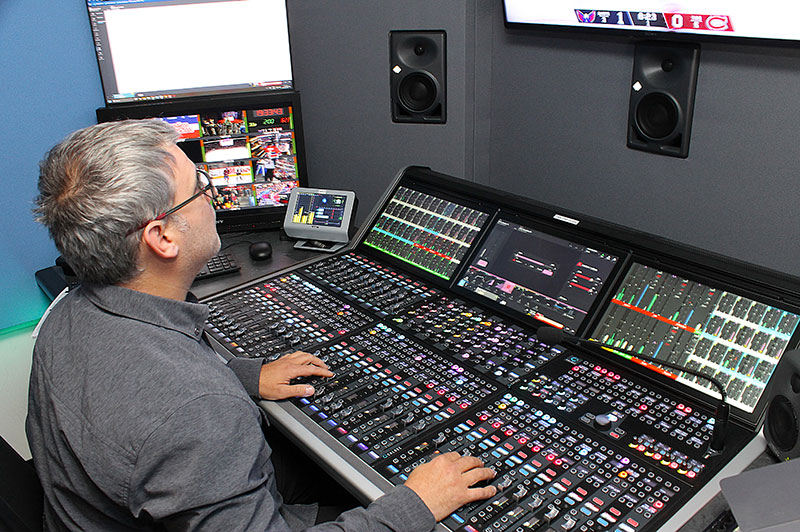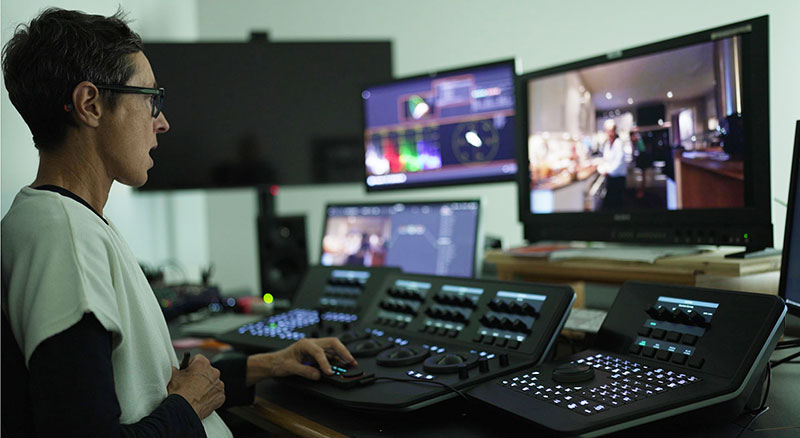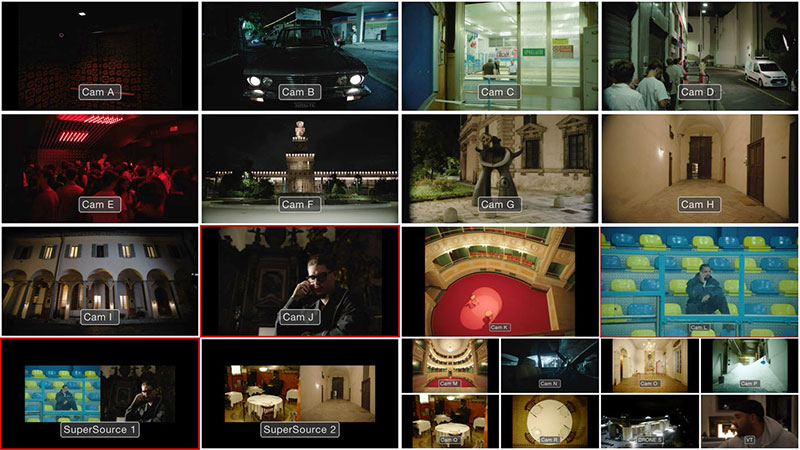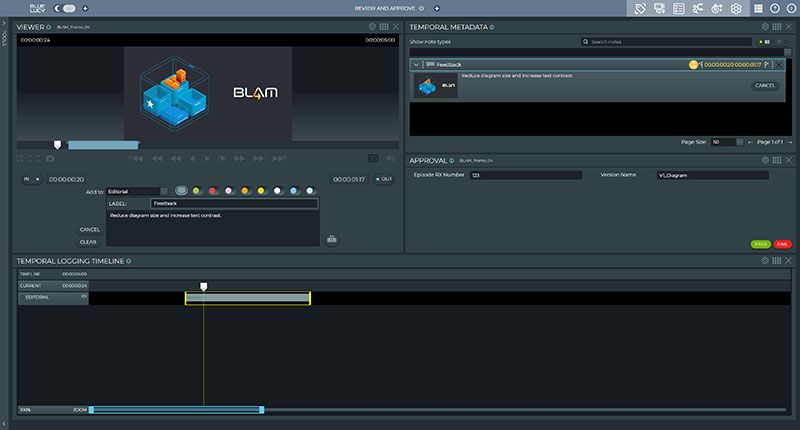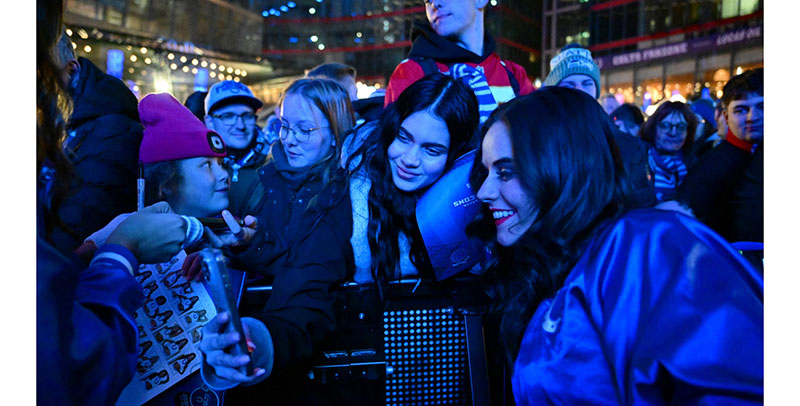CP’s Red House Streaming expanded its workflows for NYC’s famous marathon to support cloud production techniques, near-zero-latency transmission and second screen experiences.
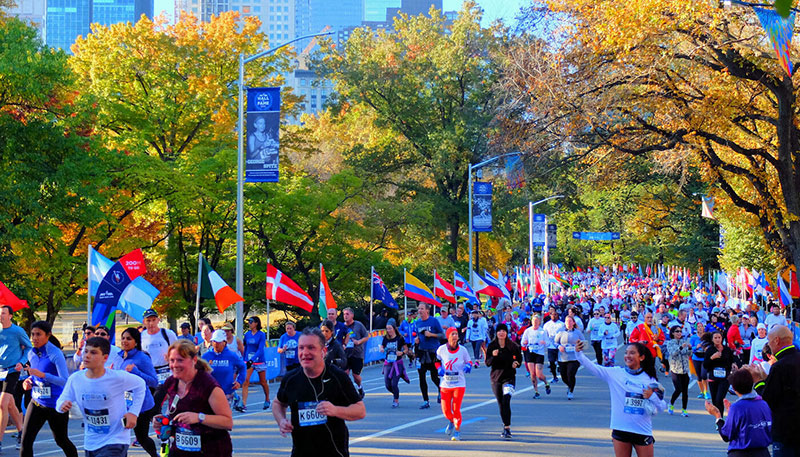
The TCS New York City Marathon, a 26.2 mile (42.16km) race organised by the New York Road Runners (NYRR), takes runners through all five boroughs of the city. It has been run every year since 1970 except in 2012, when it was cancelled due to Hurricane Sandy, and in 2020 due to COVID. TCS is the current major sponsor, Tata Consultancy Services.
For the 2023 event, held on 5 November, CP Communications and its subsidiary Red House Streaming (RHS) once again took to the city’s streets to manage the full content acquisition, networking and transmission project for the Marathon. Working under the direction of FILM 45, a non-scripted entertainment and branded content company responsible for the overall event, the CP and RHS crew handled the complete video and audio coverage of the men’s, women’s and wheelchair races using IP and bonded cellular workflows.
CP and RHS also added new cloud production techniques, specialised wireless spectrum systems and IP transmission equipment to enhance collaboration, strengthen network coverage and reduce program latency to close to zero.
Evolving Race Coverage
Red House Streaming officially launched just ahead of the 2017 running of the race to reduce the burden of acquiring wireless RF frequencies for marathon coverage. However since then, CP and RHS technicians have gradually eliminated most RF from the event’s technical set-up over the past several years as IP, cloud and bonded cellular networks and methods have matured.
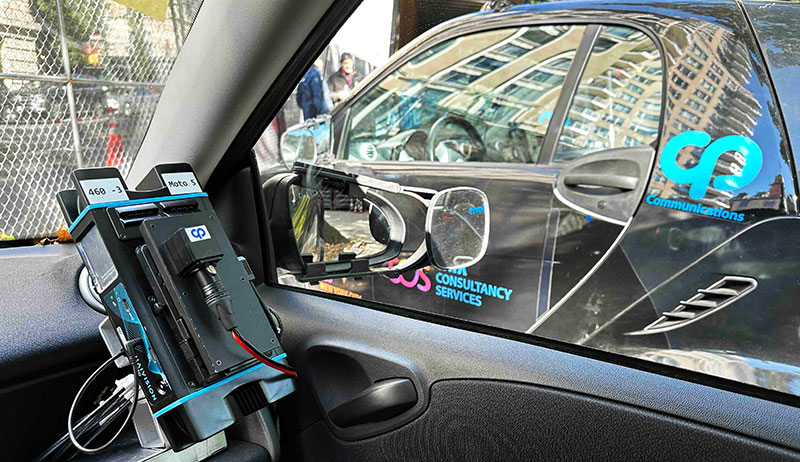
RHS can now deliver the full race coverage, from the Staten Island starting point to the finish line in lower Central Park, using CP Communications’ flagship OB van HD-21, a 53ft (16m) expando vehicle, as the local NOC [network operations centre] for IP transmission, QC and monitoring.
“We deployed a coverage network with eight routers that all connected back to HD21, which created high-capacity connections to move video, audio and intercom across multiple points. These included three REMI sites for talent, four smart cars and two electric motorcycles,” said Frank Rafka, Technical Manager for CP Communications.
“We had approximately 300 devices on our network with each signal pumping through redundant IP paths, and we increased the bandwidth this year to accommodate four 1Gb ports that connect to the 10Gb switching infrastructure on HD21. That allowed us to push through a very large amount of data, much of which was sent into the cloud to support the collaboration needed for live switching, graphics and distribution.”
IP and 4G/5G Cellular Networks
To accommodate their low-latency video networking and transmission requirements over IP and 4G/5G cellular networks, the production chose Haivision devices for the first time this year. Included were Haivision Pro460 5G mobile video transmitters mounted inside the smart cars, and Pro360 4G transmitters fitted to the electric bikes.
Haivision Makito X4 video encoders and decoders were used to send SRT feeds to HD-21 for live monitoring, and other Haivision encoders were assigned to special CBRS (Citizens Broadband Radio Service) wireless spectrum. CBRS opened up the spectrum CP and RHS needed to architect a private LTE cellular network to improve coverage in contentious areas such as the Verrazzano-Narrows Bridge.

The CP and RHS team handed off content to another production company for live broadcasts with national and international television and streaming partners, including ESPN (ESPN2), WABC-TV and their respective mobile apps.
Marathon App
The New York Road Runners also hired CP to supply live camera feeds for the TCS New York City Marathon App, second-screen programming operated by Tata Consultancy Services to complement the general race stream. CP needed to be able to monitor and manage live feeds from cameras positioned at the start line, finish line and other locations along the course. Fans could then use the app to look out for their favourite runners passing through these key spots.
To do this, the CP team deployed one Haivision StreamHub instance in the cloud, and worked with Grabyo cloud video production tools to produce graphics and insert commentator audio, enhancing the experience for app viewers. A good match for this project, the StreamHub receiver/decoder and distribution gateway is made for camera operators and live broadcast producers in the field who need to share live video contribution and return feeds over mobile and IP networks.
“StreamHub can exist as an on-premises device or in the cloud, which helped us evolve our content management strategies this year,” said Allen Harris, Lead IP and Bonded Cellular Specialist for Red House Streaming. “We had six physical StreamHubs on board HD-21, which we used to manage 12 program feeds, four camera return paths, and security camera feeds.
“Many of these streams would be converted to SDI for use on the truck, and some streams went directly to the StreamHub cloud instance as IP streams for distribution to the Tata app. It’s a good example of using ScreenHub as the digital glue in our productions to connect multiple vendors, and enable wider distribution of our signals.”
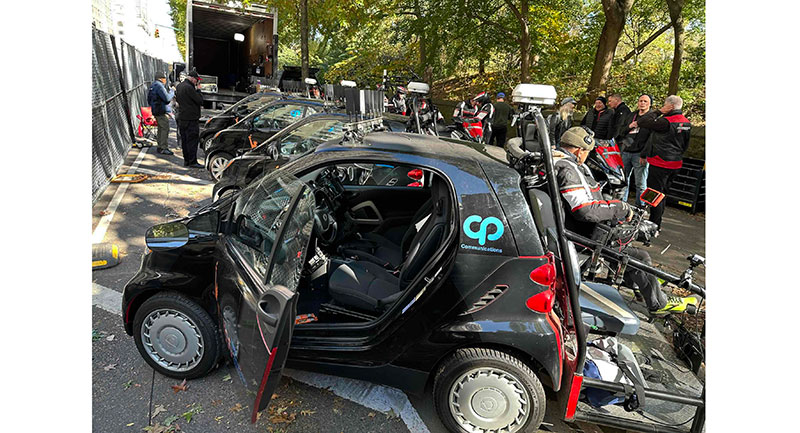
Camera Gear
As well as the Haivision systems, CP Communications incorporated eight fibre-connected broadcast cameras, three jibs (one per REMI site), one SteadiCam, one POV cam and an array of Dante-enabled microphones and IFBs for interviewing.
The Dante network also accommodated intercom services across the course with 540 ports, ensuring that all production arms could clearly communicate from all locations. The network included an RTS ADAM intercom, a Unity radio system and a Green-GO Ethernet network-based digital intercom system that was also used in the CBRS spectrum. cpcomms.com
Words: Adriene Hurst, Editor











